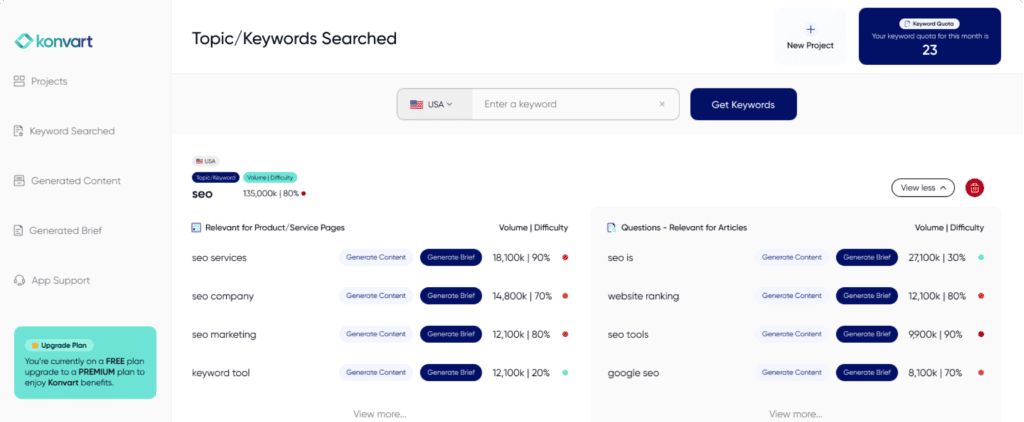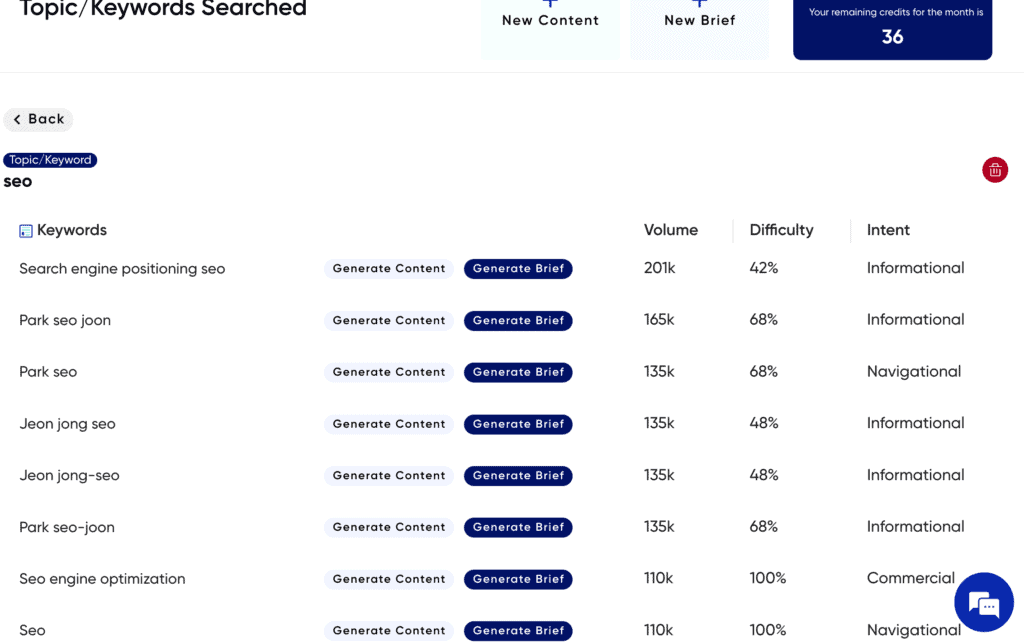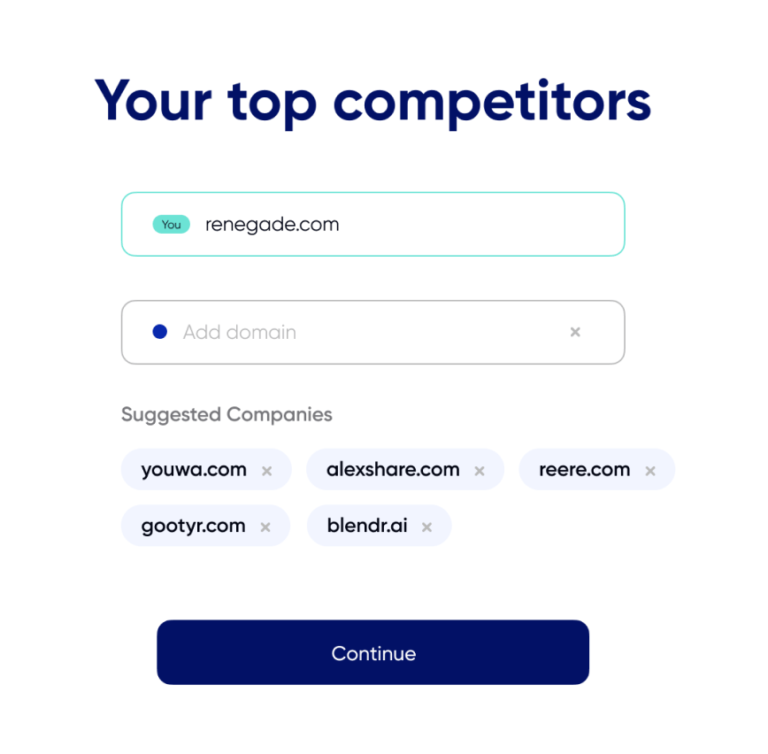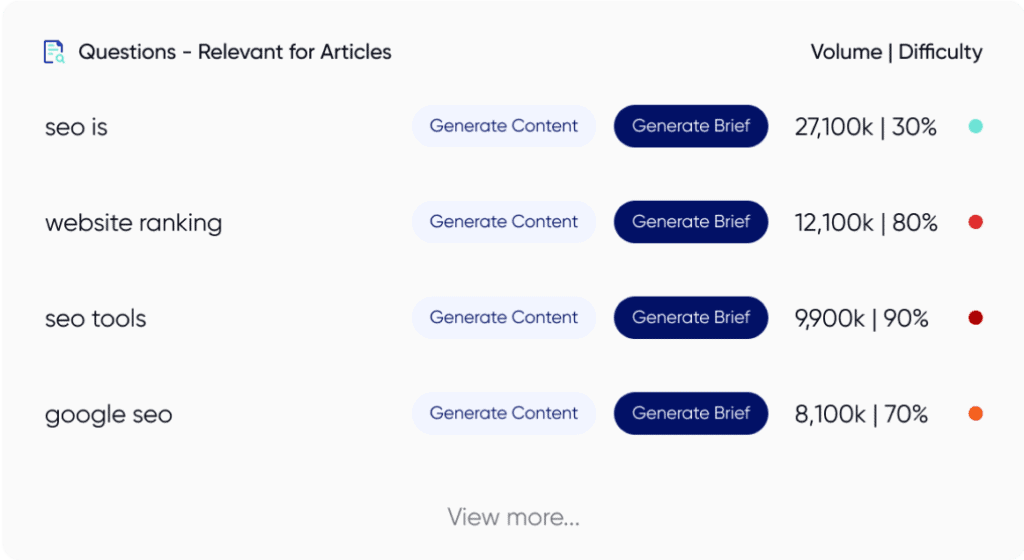Crafting the perfect URL is a subtle but powerful step in boosting your SEO performance. A well-optimized URL can enhance your site’s visibility, improve user experience, and even increase click-through rates from search results.
Let’s explore how simple tweaks to your URL structure can significantly impact your website’s search engine ranking. Whether you’re starting a new site or tweaking an existing one, understanding the principles of URL optimization is key to driving more traffic to your pages.
What is URL Optimization?
URL optimization is a fundamental aspect of Search Engine Optimization (SEO) that involves crafting web addresses that are both user-friendly and effective for search engine indexing. A well-optimized URL structure can boost your website’s visibility and significantly enhance user experience.
Understanding URL Structure
Every URL consists of several components that can be optimized. These include the protocol (HTTP or HTTPS), the domain name, and the path, which includes the specific page or file address. Each segment plays a role in how search engines assess and rank your site.
Best Practices for URL Optimization
- Keep it Simple and Descriptive: URLs should be easy to understand and read by both users and search engines. Use clear, descriptive words that reflect the content of the page. For instance, a URL like
www.example.com/how-to-optimize-seois far more effective thanwww.example.com/12345/page5. - Use Hyphens to Separate Words: To improve readability, separate words in URLs using hyphens rather than underscores or spaces. Search engines like Google treat hyphens as space, which helps them to better understand and index the content.
- Incorporate Keywords: Including relevant keywords in your URL can signal to search engines what the page is about, potentially improving your rankings for those terms. However, keyword stuffing should be avoided as it can lead to penalties from search engines.
- Employ a Canonical URL: If you have duplicate content across multiple URLs, using a canonical tag helps you tell search engines which version of a URL you want to appear in search results. This prevents issues related to duplicate content and enhances your SEO efforts.
- Secure Your Site with HTTPS: Security is a top priority for both users and search engines. Migrating from HTTP to HTTPS secures your site and gives you a slight ranking boost.
- Limit Redirections: While redirects are sometimes necessary, excessive redirections can slow down page load times and dilute link equity. Keep redirects to a minimum and ensure they are properly implemented for optimal performance.
- Optimize URL Length: Although there’s no set limit for URL length, shorter URLs tend to perform better in search results. Aim for concise yet descriptive URLs to give users an idea of what to expect on the page. The optimal URL length is typically under 60 characters. Keeping URLs short also prevents truncation in SERPs, ensuring users can see and understand your links in full.
- Avoid Using Unnecessary Parameters: Dynamic parameters (like
?id=123) can make URLs less appealing and harder to remember. While they are sometimes necessary for tracking purposes, they should be used sparingly. Excessive use of URL parameters can lead to issues with duplicate content, as different URLs might point to the same or similar content without proper canonical tags. - Regularly Update URLs: If you update a page’s content significantly, consider updating the URL as well to reflect the changes. Remember to implement 301 redirects from the old URL to the new one to retain link equity and guide users appropriately.
Why Do URLs Matter for SEO?
Let’s break down the key reasons:
1. Improved User Experience
Clear and concise URLs give potential visitors a good idea of what to expect on a page before they even click the link. For example, a URL like “www.example.com/10-best-seo-practices” is instantly more informative than “www.example.com/post-id?123”. Users are more likely to click on links that clearly describe the page’s content, which can lead to increased traffic and lower bounce rates.
2. Enhanced Search Engine Indexing
Search engines like Google use URLs to understand the structure of your site and the content of each page. A well-structured URL that includes relevant keywords can help search engines index your pages more effectively. This makes it easier for search engines to categorize your site’s content and can improve your rankings in search results.
3. Link Building and Sharing
URLs that are descriptive and easy to read are also more likely to be shared by users on social media, forums, and other platforms. When your URLs include pertinent keywords, they inform users and serve as a mini pitch to encourage clicks. This can enhance link-building efforts since people are more inclined to link to content that is clearly labeled and relevant.
4. Keyword Optimization
Including targeted keywords in URLs is another way they contribute to SEO success. When your URL contains keywords that you’re trying to rank for, it signals to search engines what the primary focus of the page is about, potentially boosting your position in search results for those terms. However, keyword stuffing in URLs can lead to a negative user experience and potentially harm your rankings, so it’s important to use them judiciously.
The Anatomy of a URL
A URL, or Uniform Resource Locator, serves as the address of a specific webpage and plays a significant role in how both users and search engines perceive your site. Here’s a breakdown of the main components that make up the anatomy of a URL:
- Protocol: This is the initial part of the URL, and it tells browsers how to retrieve information about a resource. The most common protocols are HTTP (HyperText Transfer Protocol) and HTTPS (HTTP Secure). HTTPS is preferred from an SEO perspective because it encrypts the data exchanged, enhancing security.
- Subdomain: Often seen as a prefix to the primary domain (like ‘blog’ in blog.example.com), subdomains can be used to separate different areas of your website. It’s important to use them judiciously, as they can dilute domain authority if overused.
- Domain Name: This is the core of your URL, representing your website’s unique identity on the web. For SEO, a domain name should be easy to remember, reflect your business, and include relevant keywords if possible.
- Top-Level Domain (TLD): TLDs are suffixes like .com, .org, or .net located at the end of URLs. While traditional TLDs are still popular, there are now many more creative options available (.tech, .guru). However, sticking with well-known TLDs can help with user trust and credibility.
- Path: The path provides specific information about the location of a page on your website. It’s structured in folders (denoted by slashes) and should be organized logically and intuitively to reflect the content hierarchy of your site. Including keywords in the path can also improve a page’s visibility.
- Parameters: These are optional and appear at the end of a URL after a question mark (?). As mentioned above, this should be used sparingly as they can lead to issues with duplicate content.
- Fragment: Also optional, fragments follow an anchor symbol (#) and are used to direct users to a specific part of the page immediately upon arrival. They do not impact SEO directly as search engines typically ignore them in indexing unless they are answering a question for a featured snippet.
What Next?
Remember, optimizing URLs is just one part of a comprehensive SEO strategy, but it’s foundational and can significantly impact how users and search engines perceive your site. Start implementing these tips today to make your website more accessible and visible to your target audience.
We hope this guide has empowered you with the knowledge you need to optimize your URLs effectively for better SEO performance. If you’re ready to take your website’s SEO to the next level, start refining those URLs now! For more insights on enhancing your digital marketing strategy, subscribe to our blog!

















